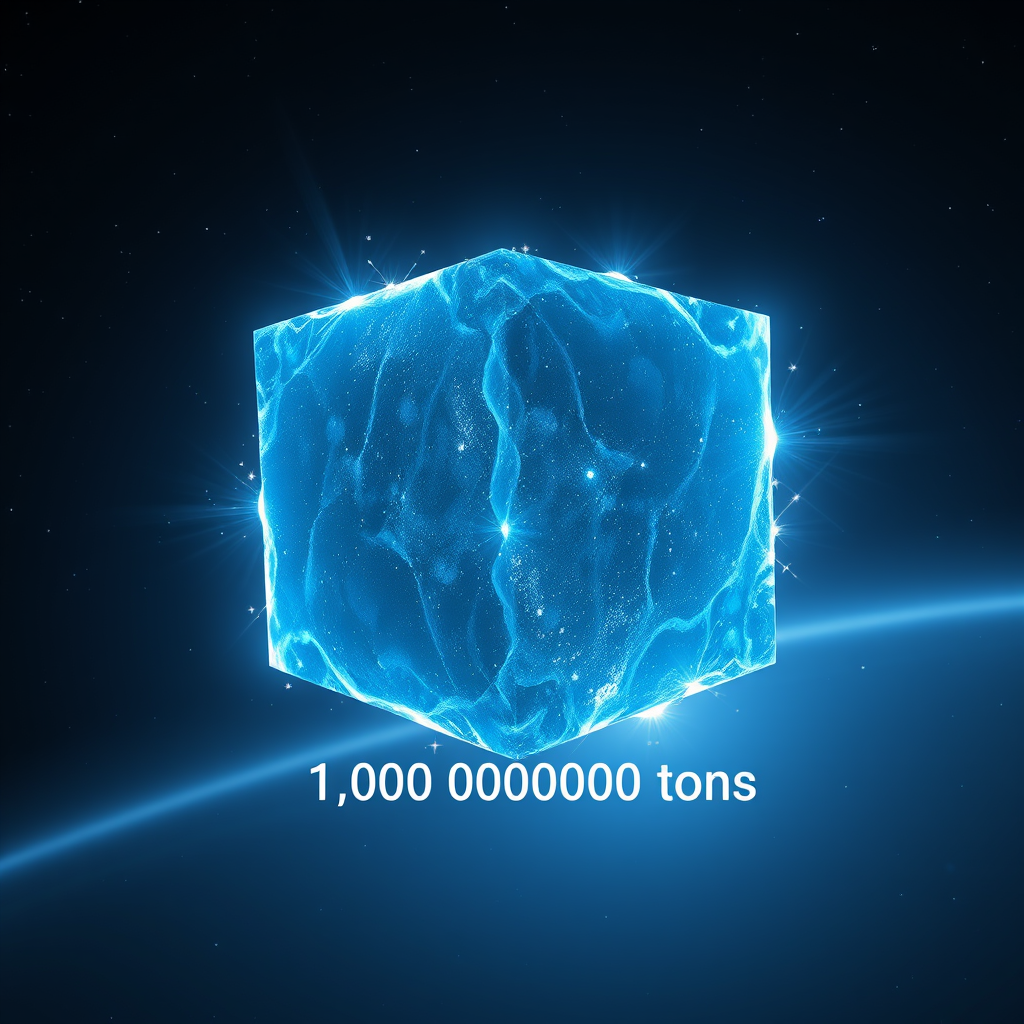Ever wondered what a neutron star might weigh? Imagine a sugar cube-sized chunk of one — it would tip the scales at about 1 billion tons on Earth! These celestial objects are the collapsed cores of massive stars that went supernova. Their gravity is so extreme that protons and electrons fuse into neutrons, creating an ultra-dense state of matter.
To put it into perspective, just one teaspoon of neutron-star material would weigh around 6 billion tons—roughly the same as Mount Everest compressed into a tiny spot. The incredible density arises because, under such intense gravity, atoms are squeezed so tightly that electrons merge with protons, resulting in a mass of neutrons. This process makes neutron stars some of the densest objects in the universe.
Despite their small size—about 20 kilometers in diameter—they contain more mass than the Sun! Their gravity is so powerful that if you could stand on a neutron star (not recommended!), the forces would be unsurvivable due to tidal stresses. These cosmic marvels continue to intrigue astronomers who study their behavior to understand extreme physics.
So next time you see a sugar cube, think about the mind-boggling weight a tiny piece of the universe’s most dense matter could carry. Space is truly astonishing! 🌌
#NeutronStars #Astrophysics #SpaceScience #CosmicWonder #DenseMatter
